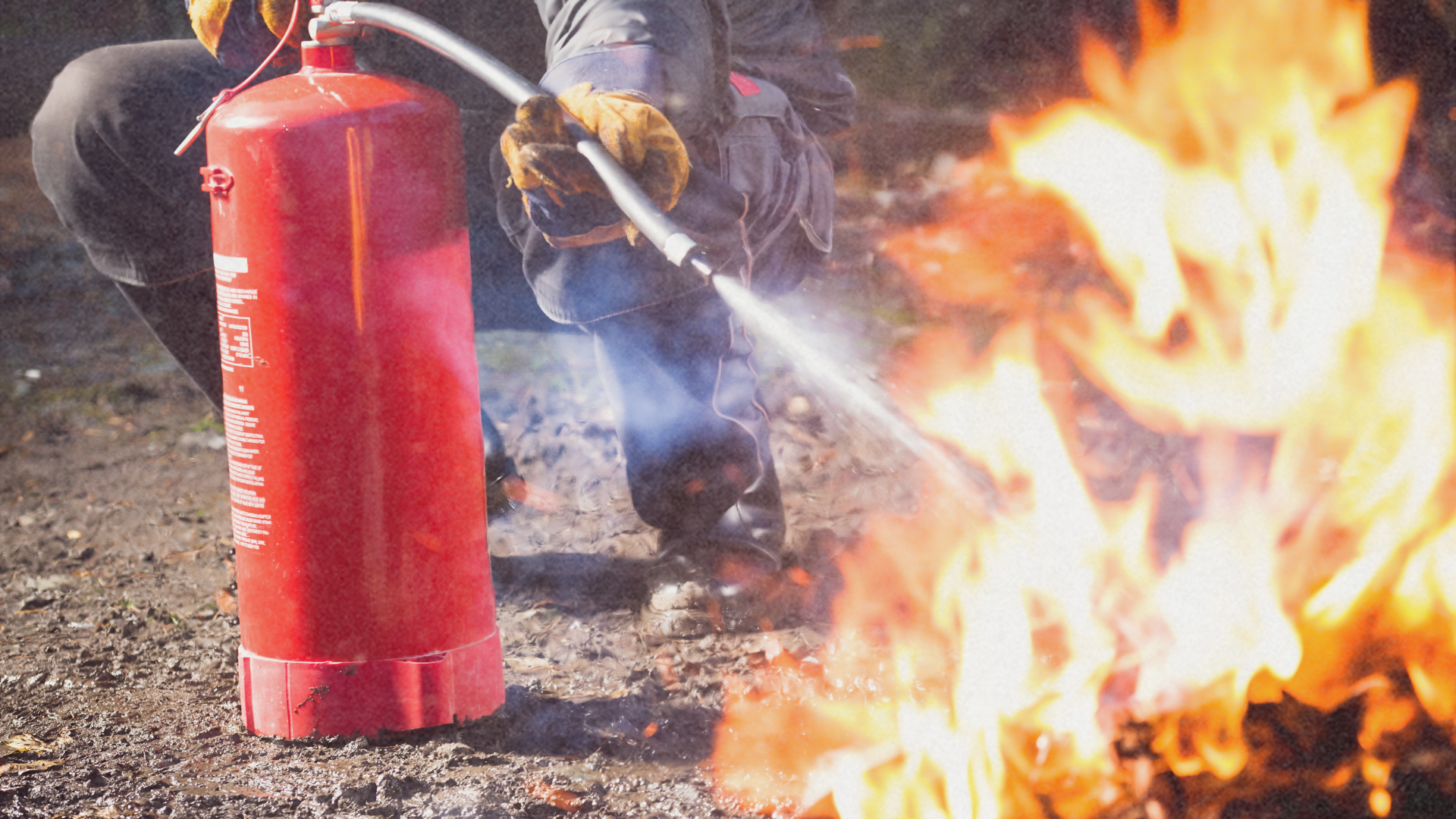
The University of the Philippines (UP) College of Engineering has conducted another earthquake drill last March 14, 2013. But unlike the first drill last September 2012, things did not exactly go as scripted.
The latest drill was larger and spanned three buildings namely the Electrical and Electronics Engineering Institute, Department of Mining, Metallurgical and Materials Engineering, and the College of Engineering Library.
Representatives from the Office of Civil Defense were present to observe the conduct of the drill.

When Things Don’t Go According to Plan
During the course of the drill, numerous problems were encountered by the incident commander and responders. Notable problems include feeble fire alarms, dead radios, confused students, and coordination and response issues.
Aurora dela Rosa from the Office of Civil Defense, during the debriefing, noted about the problems encountered saying, “Maganda pong nangyari ‘yon” (It’s a good thing that the problems happened). She said that the drill not going according to plan was a good thing. She explained that in a real earthquake scenario, there are no scripts. “What is needed is practice, practice, practice,” she added.
Dela Rosa suggested, on the conduct of any earthquake drill, to invite assessors from PHIVOLCS for them to identify areas to be likely affected by earthquakes.
Brigadier General Silvino Alcabasa Jr., Commander of the 51st Engineering Brigade of the Philippine Army quipped, “Ang lakas ng loob nating magconduct ng earthquake drill (We’re so daring to conduct an earthquake drill) and number 1 in the checklist was not accomplished.” Alcabasa summed up by saying that what they had done in UP was “learning while doing”. But he pointed out the importance of conducting earthquake drills. He said, “The training we do in earthquake drills is more important than the training we do in disaster response.”

Opinion: Learning from Drills
The conduct of drills whether on earthquake and fire is usually a prepared event. Like the one in UP, the faculty, personnel, and volunteer students took time in planning and preparing for the activity. Despite the time and effort in preparation, the participants had a hard time in performing their task during the drill.
The more an earthquake drill becomes bad, the more lessons can be learned; which is a better thing than an earthquake drill that follows a good script.
In the event of a major earthquake, there are no scripts but everyone are actors. Meaning anyone can be a victim, but anyone can also be a hero that can save lives. But for everyone to do their part, they have to know what to do. This is the point of drills, to let everyone know what to do in times of emergencies.
For educational institutions, Rule 10 of the Implementing Rules and Regulations of Republic Act 10121 mandates that disaster risk reduction is to be included in school curricula. The Department of Education has also ordered all schools to perform earthquake and fire drills on a quarterly basis. The UP College of Engineering is the only college in UP doing its part by organizing drills which seem to be increasing in scale.
It seems that as drills go larger in scale, the more challenges and problems are seen. As more and more problems are encountered, the more the institution gets to experience conditions of actual emergency scenarios.
The challenge goes to UP which is yet to conduct a campus-wide drill and to all educational institutions to organize larger and lesson-filled emergency drills. The point is that drills are not just requirements but are learning opportunities to be taken seriously.
Alcabasa said during the debriefing that “if all students and personnel are trained, everybody will know what to do and we will minimize the loss of life in the campus.”
Learning is the point of emergency drills, not just for specified personnel but for everyone. By continuously doing and learning from mistakes, perhaps everyone will be prepared when the actual emergency happens. When actual emergencies happen, the performance of everyone gets no ratings, only lives saved.






